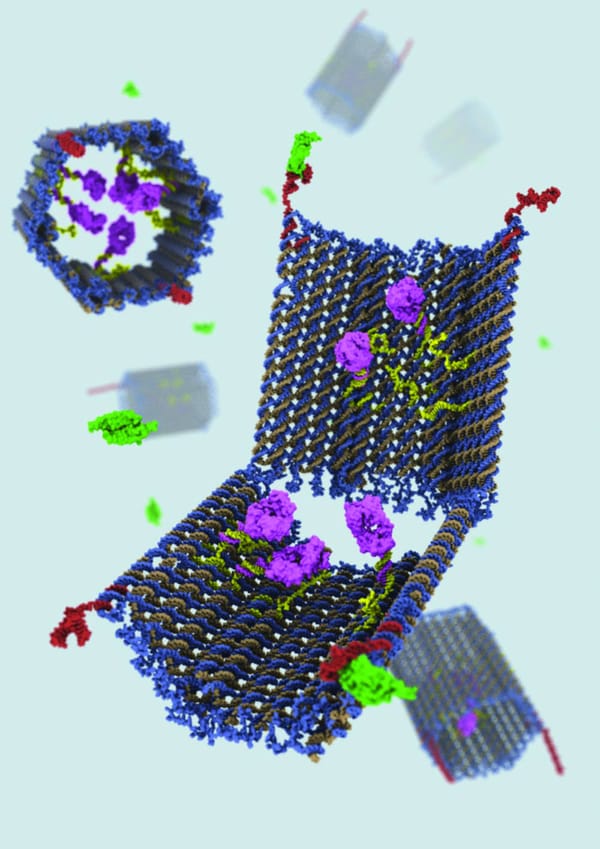Stem cells help stop biological clock
The female reproductive system may contain a mechanism continuously producing egg cells

Most women will at some point in their lives encounter the ticking biological clock: the realisation that their fertile years are limited, and if they wish to start a family, they cannot wait much longer. This is because we have only the supply of oocytes or egg cells we are born with, and when they’re gone, they’re gone. At least that is the conventional view of how the female reproductive system works. But research published recently in Nature Medicine suggests that there may be more going on than we had previously realised.
Several years ago a team of researchers, led by Jonathan Tilly at Harvard Medical School, studied the dynamics of ovarian follicles (which produce oocytes) in mice, by measuring the rate at which they mature and are released or simply die. They found that something did not add up. Given the measured rate of degeneration, there should have been few or no healthy follicles left by the time the mice reached adulthood. However this is not the case; like most animals mice retain reproductive potential throughout their adult lives. Further studies of the biochemical activity in the ovarian cells suggested an intriguing possibility. Was it possible, the researchers asked, that the follicles were actually being renewed, and producing new oocytes throughout the mouse’s life, by rare and previously unknown stem cells in the ovary?
This was a controversial suggestion which initially met with some scepticism; however, some years later such cells (oogonial stem cells, or OSCs) were indeed isolated from mouse ovary tissue, and shown to spontaneously generate new oocytes both in vitro and when injected into the ovaries of mice whose fertility had been destroyed by chemotherapy. The same mice went on to produce viable offspring. Similar results were achieved in restoring the fertility of elderly mice.
The potential implications were clear: could there be a similar mechanism in humans, and would this allow us to develop new fertility treatments for women? Common causes of infertility include damage to the ovaries from chemotherapy or disease, or premature menopause, when there are relatively few follicles leading to the supply of oocytes running out at a relatively early age. If the stem cells could effectively cure or reverse these conditions in mice, then why not in humans?
That was the question the recent research set out to answer. Applying similar techniques to tissue from human ovaries, they were able to isolate what appeared to be the human equivalent of mouse OSCs. The human experiments did not go as far as the mouse ones, however. Ovarian tissue from healthy young women is rarely available for research and in limited supply. In this case the donors were transgendered and undergoing sex reassignment surgery, and had agreed for their ovaries to be used in this way – clearly an unusual set of circumstances. Additionally there are serious ethical issues around fertilising human oocytes and creating embryos for research purposes. What the researchers were able to do, however, was to transplant human ovarian tissue containing human OSCs into mice. These were shown to produce immature but healthy follicles, containing tiny new human oocytes.
The researchers advise caution however. There is much work to be done and many questions to be answered before there is anypossibility of OSCs becoming a tested and proven fertility treatment for humans. However the results are promising, and with infertility a major and growing problem in the developed world particularly, any hope for women and couples facing this difficult situation will surely be welcomed.
DOI: 10.1038/nm.2669







